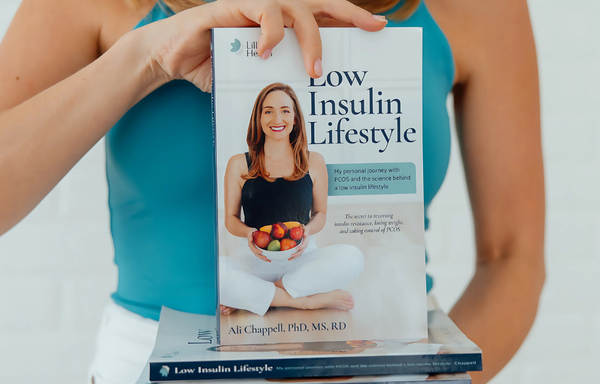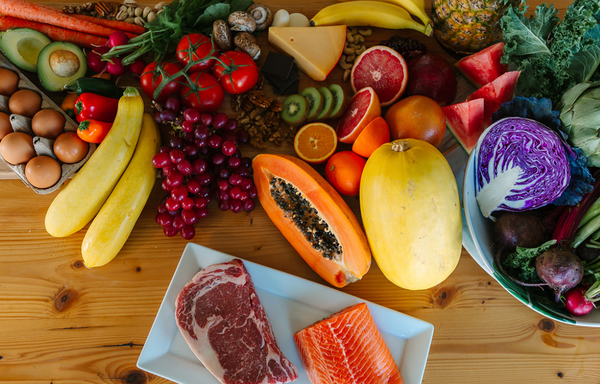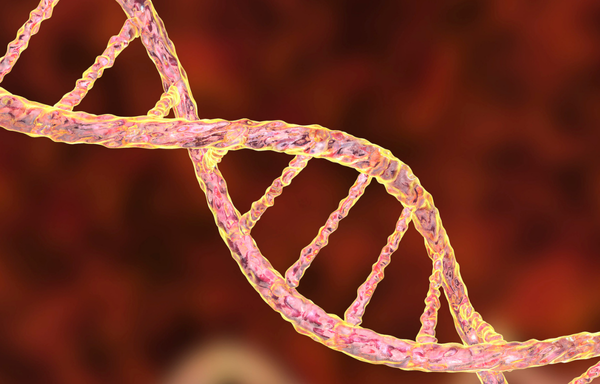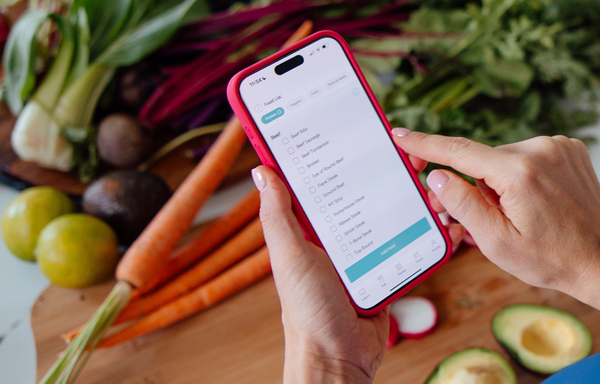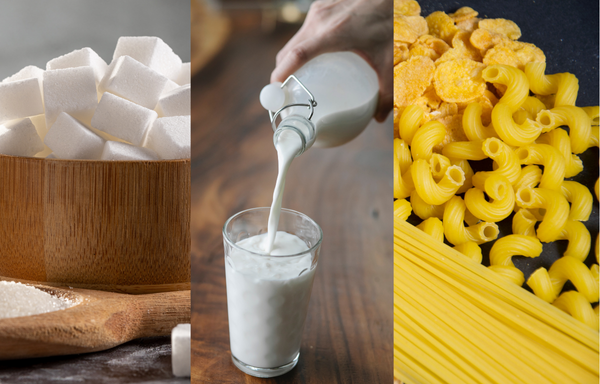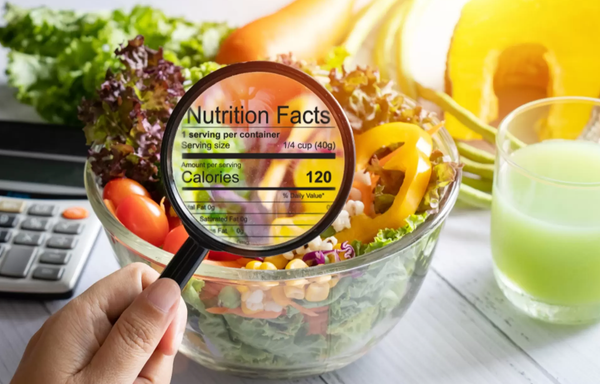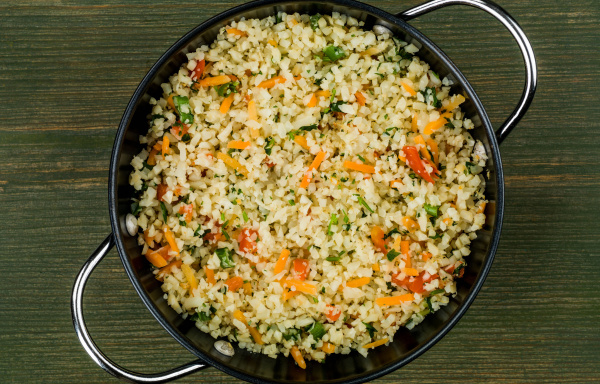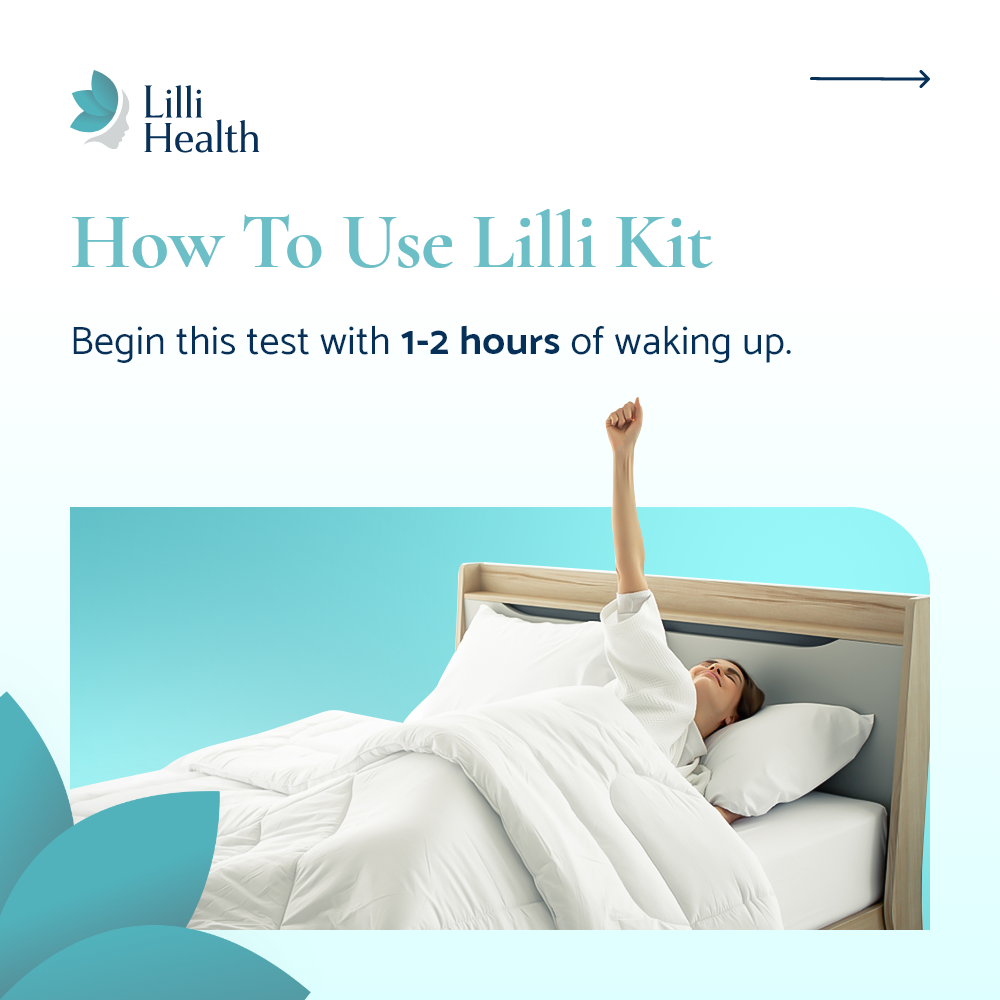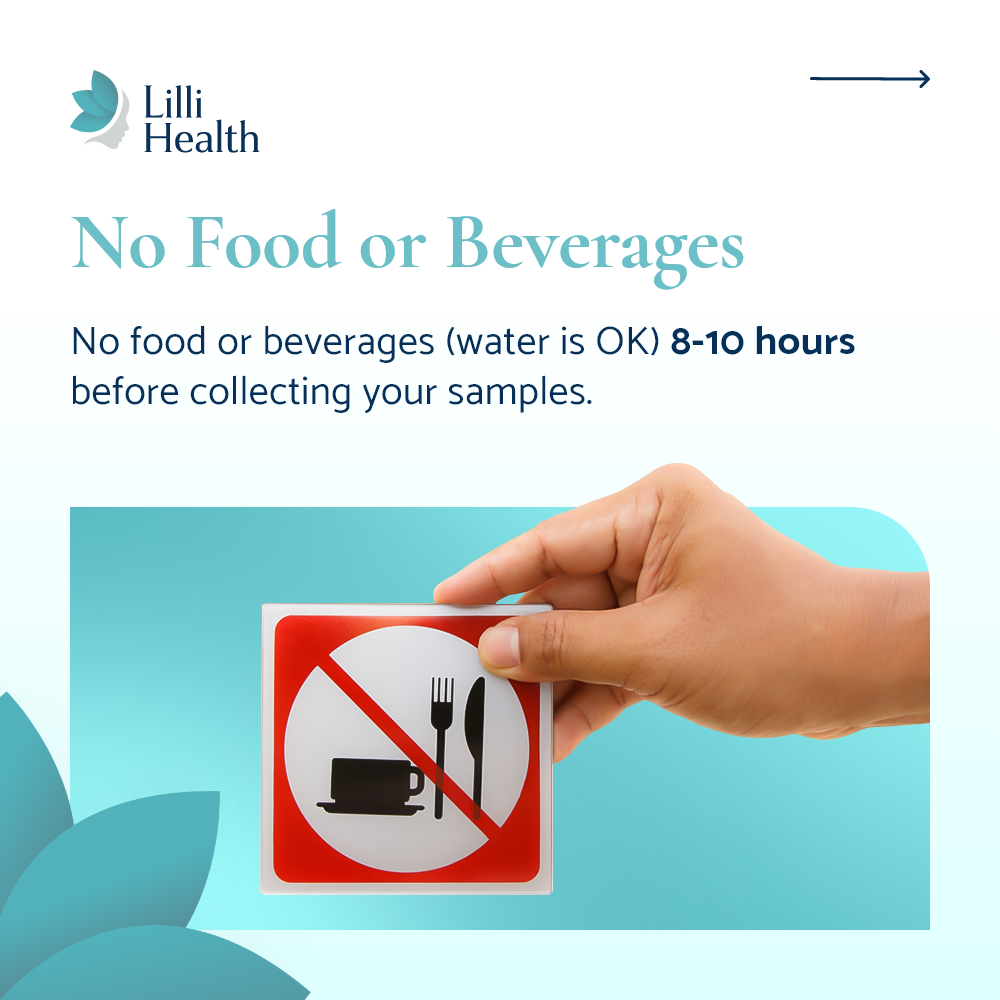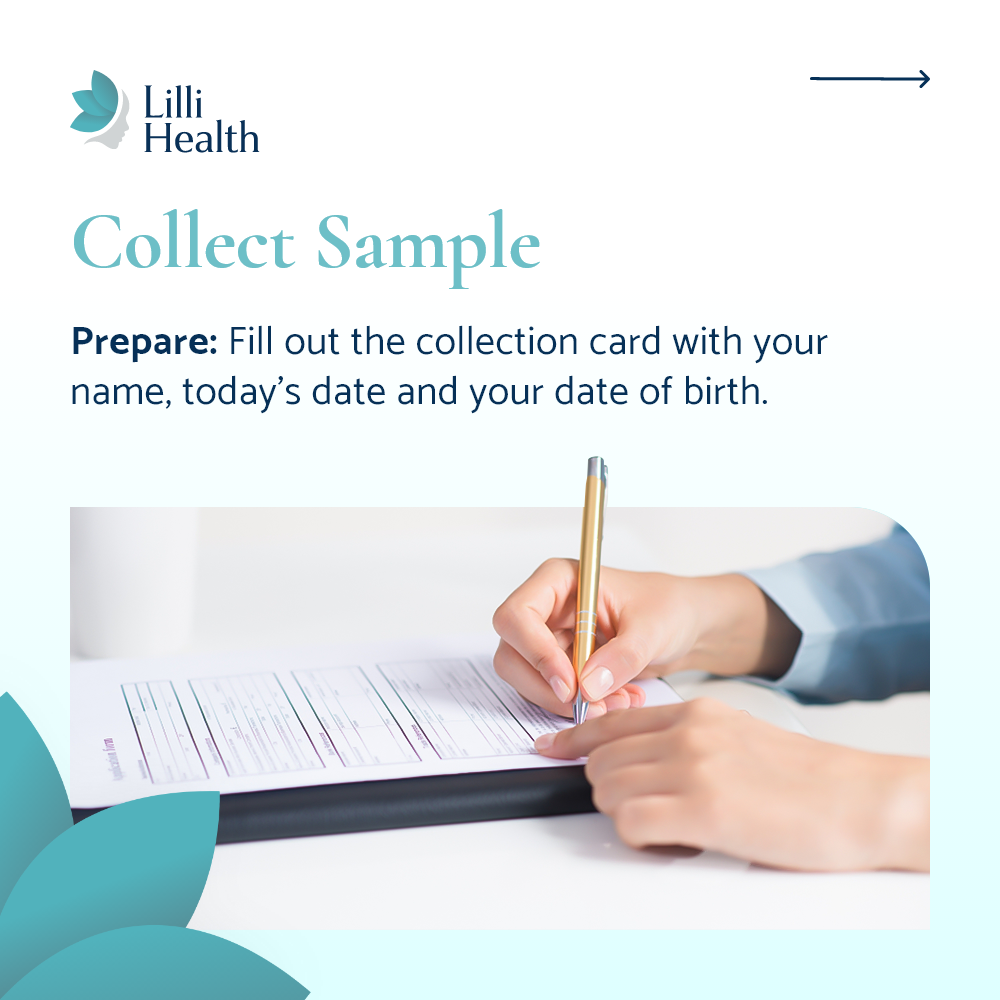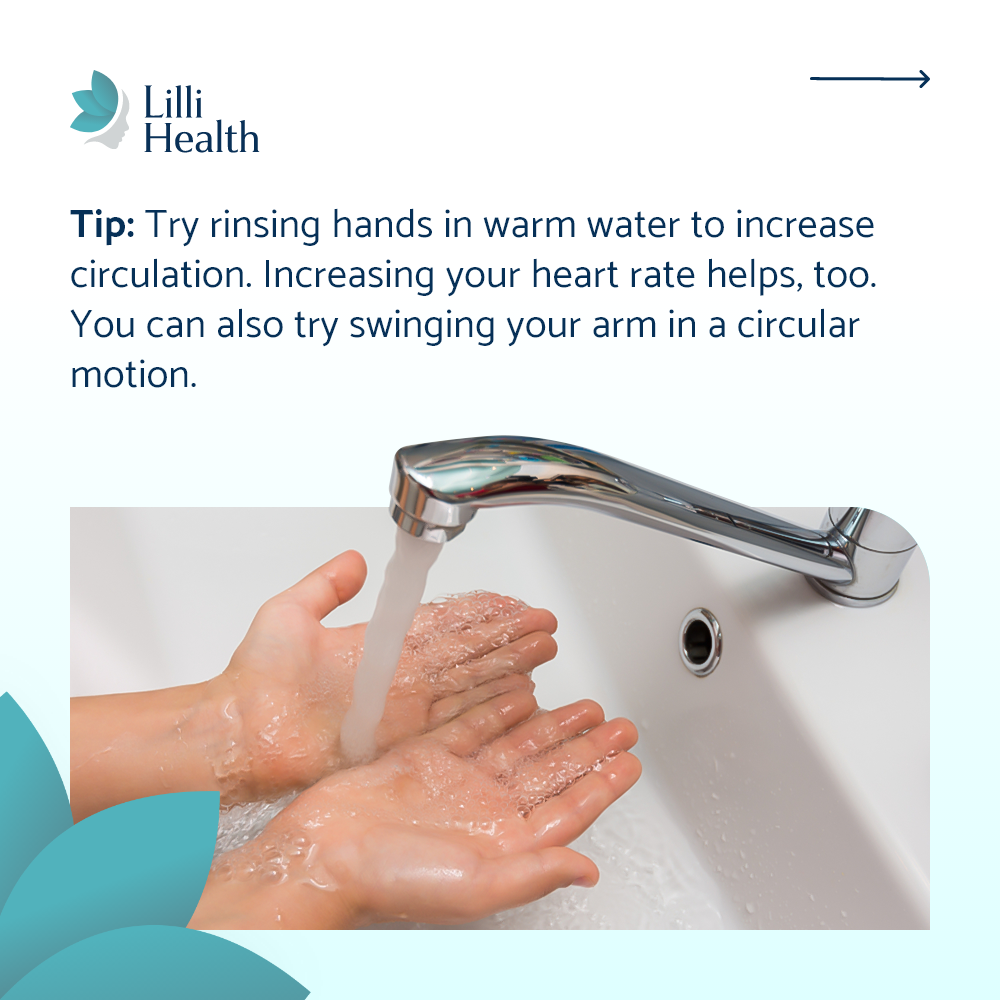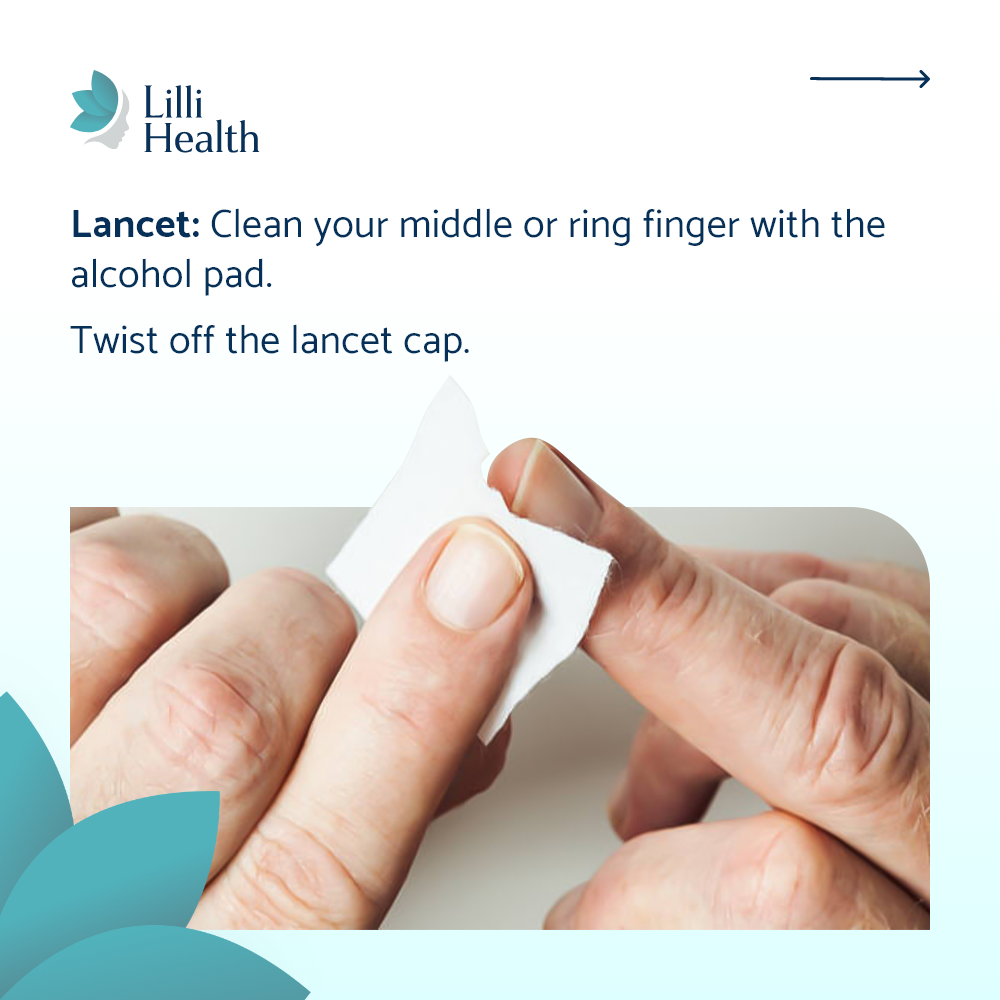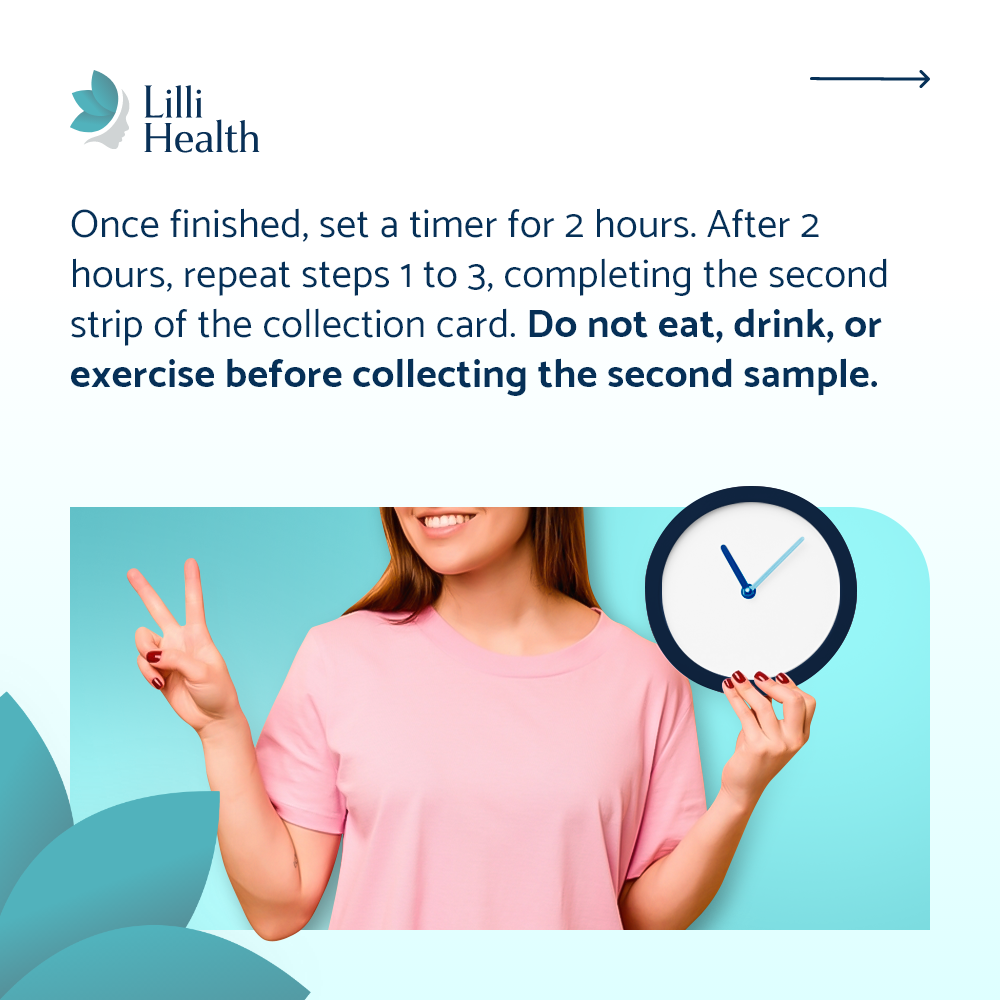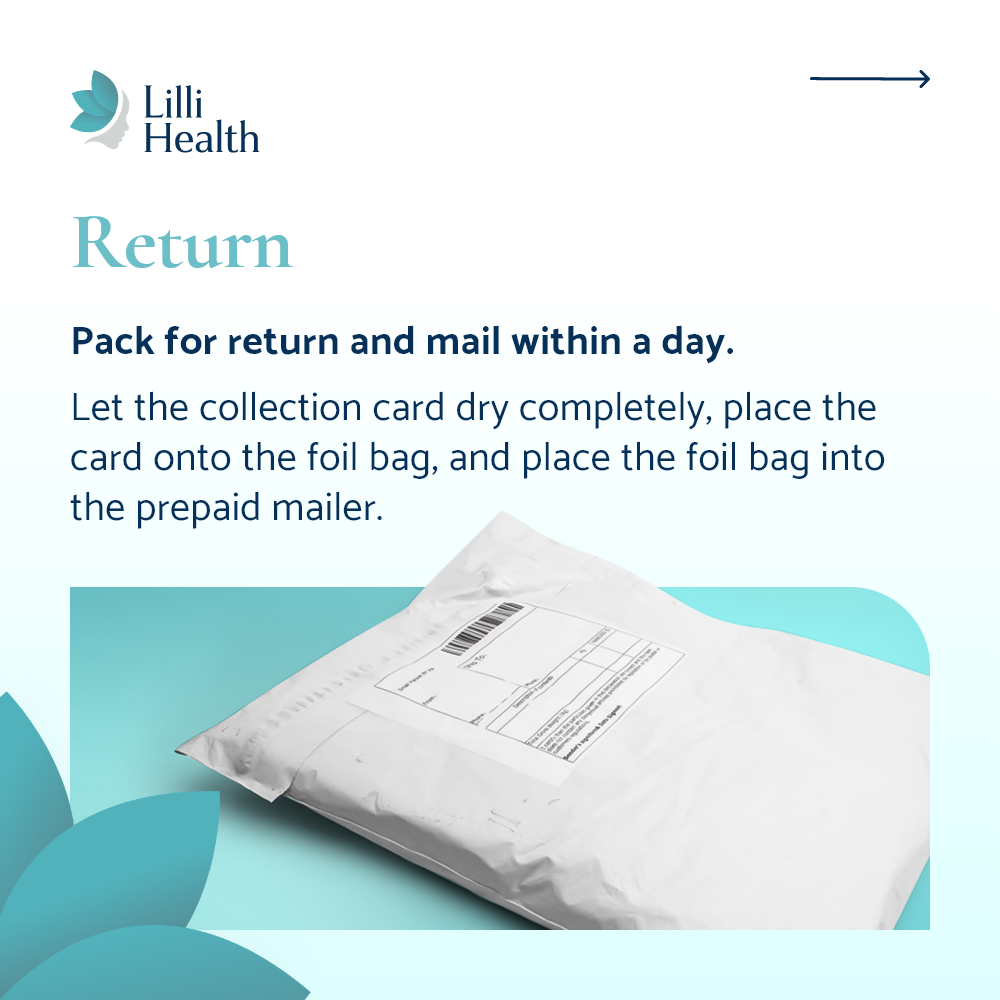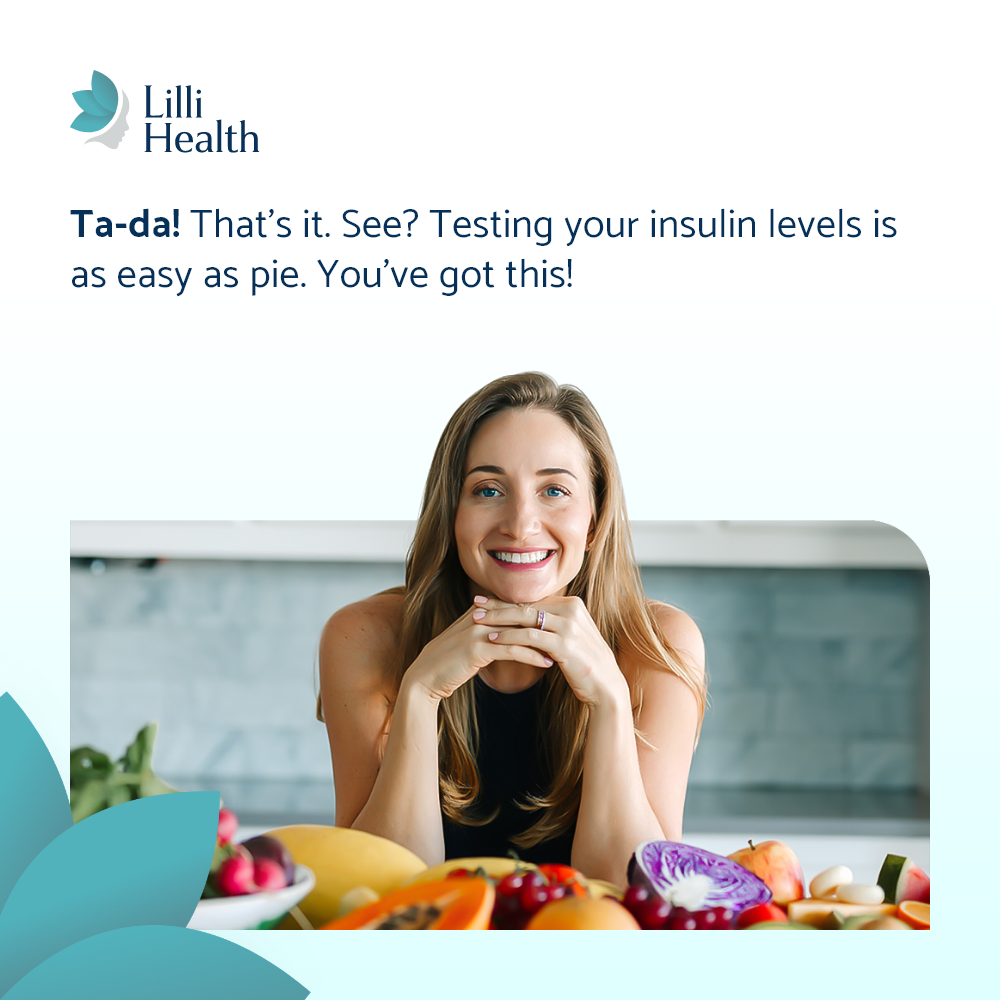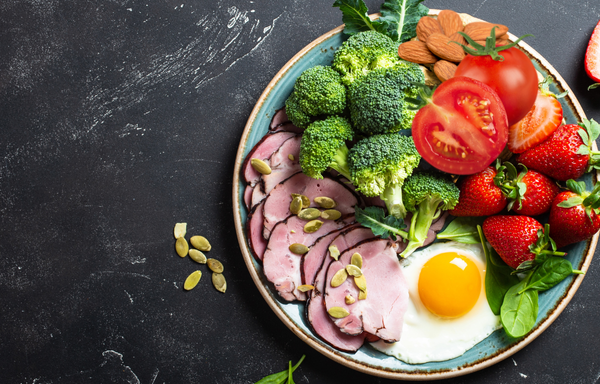

Low Insulin Lifestyle Plate: A Simple Way to Build Your Meals
Some people love the Low Insulin Lifestyle Pyramid because it gives a clear hierarchy of which foods to prioritize, while others prefer a more visual, meal-by-meal guide. That’s why we created both. The Low Insulin Lifestyle Plate is designed to help you put together a meal that aligns with your new way of eating—without overcomplicating things.
Think of it as your go-to guide for structuring your meals in a way that keeps insulin levels low, supports metabolic health, and is sustainable for the long haul.
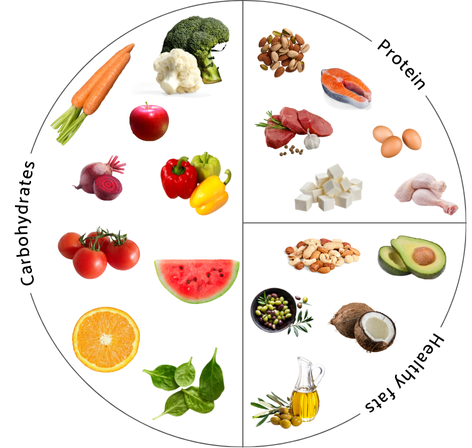
What’s on the Lilli Healthy Eating Plate?
1. Non-Starchy Vegetables & Low-Sugar Fruits (The Base of Your Plate)
At least half of your plate should be filled with non-starchy vegetables and fruits like leafy greens, bell peppers, zucchini, berries, and citrus fruits. These provide fiber, vitamins, minerals, and antioxidants without spiking insulin.
2. Protein & Healthy Fats (Split the Other Half of Your Plate)
- Protein: Choose high-quality protein sources like eggs, poultry, fish, beef, lamb, pork, or non-starchy plant-based proteins like tofu, edamame, or lupini beans. Protein keeps you full and helps stabilize blood sugar.
- Healthy Fats: Fats should can be used to cook your vegetables and protein, drizzled or sprinkled on a salad, or even as a side. Prioritize fats from whole foods like avocado, nuts, seeds, olives, and fatty fish.
3. Fermented Dairy (Optional, in Moderation)
If you tolerate dairy, opt for fermented options like full-fat Greek yogurt or aged cheeses. These have a lower insulin impact due to the fermentation process, which changes the protein structure and removes most of the whey. Limit to 1 serving of total dairy per day (3/4 cup of Greek yogurt or 1oz cheese). Butter, sour cream, and heavy cream should be limited to 1-2 tablespoons per day in total.
Otherwise, choose unsweetened dairy alternatives such as almond milk and coconut milk.
4. Dark Chocolate & Red Wine (Extras, If You Want Them)
No, red wine and chocolate aren’t health foods, but if they help make this lifestyle sustainable, they can have a place.
- Choose dry red wine in moderation, as the fermentation process removes most of the sugar.
- Very dark chocolate (75% or higher) contains antioxidants and very little sugar.
Why the Lilli Healthy Eating Plate Works
This isn’t a restrictive diet—it’s a sustainable way of eating that supports insulin sensitivity and long-term metabolic health. By following this plate structure, you can build satisfying meals without counting calories, tracking macros, or stressing over portion sizes.
